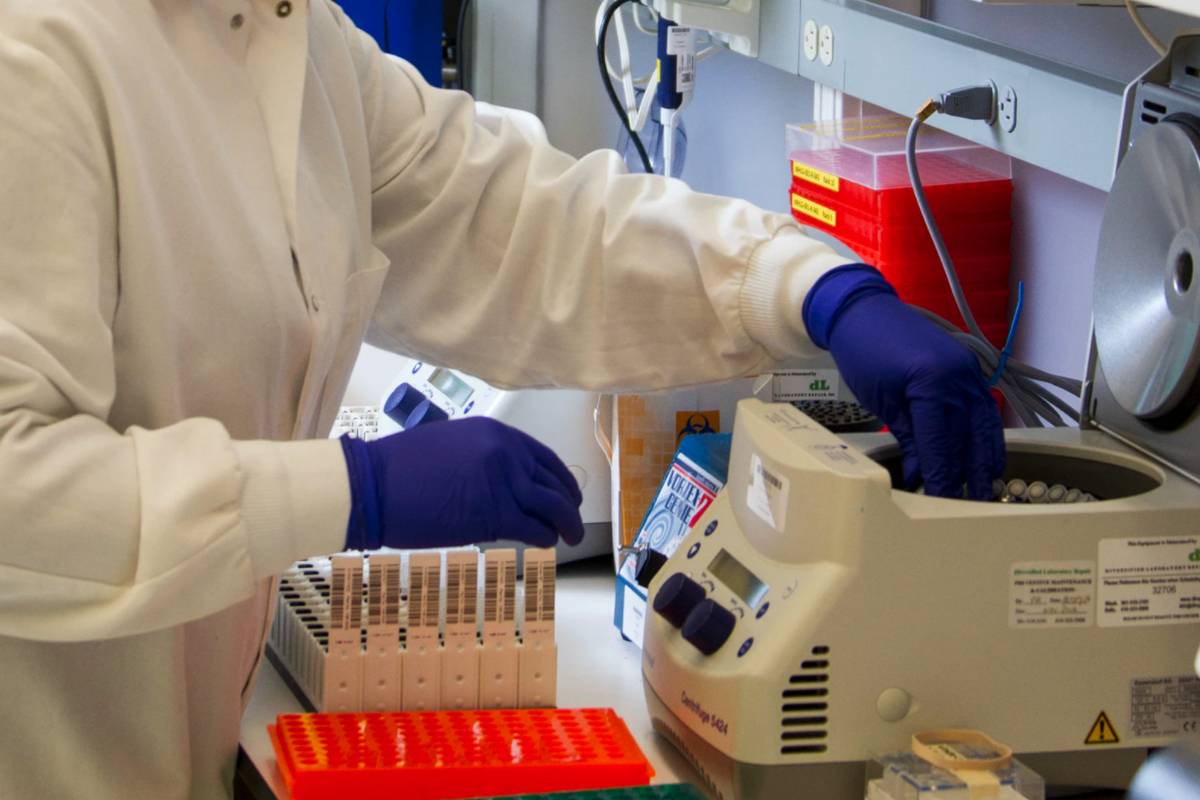Method for Genetic Identification of Unknown Organisms
A rapid parallel genetic profiling technology that can be used to detect an array of pathogens from a small, complex sample

Background
Global and regional epidemics have progressed from rampant diseases as seen with the Bubonic plague in the 14th century Europe, to the currently ongoing COVID-19 pandemic caused by Severe Acute Respiratory Syndrome Corona Virus-2 (SARS C0V-2). There is an unmet need for a technology to provide fast and accurate identification of unknown pathogens from an often convoluted clinical sample.
Technology Overview
LLNL scientists have developed a rapid parallel genetic profiling technology that can be used to detect an array of pathogens from a small, complex sample. The device works by first splitting a given sample into millions of emulsified, encapsulated microdroplets each of which are then split once more and run through a parallel analysis consisting of both a genomic and a proteomic assay. The genomic assay includes performing a PCR in droplets followed by agarose gel electrophoresis to identify unique genetic signature of the unknown pathogen. The microdroplets split for physical/proteomic analysis contain DNA and RNA from the original emulsified sample. The droplets are subjected to in vitro transcription and translation to yield proteins which may then be analyzed by mass spectrometry, ELISA, and two-dimensional differential gel electrophoresis, and other proteomic assays. The combined proteomic and genomic analysis results from this LLNL invention allow for heightened specificity in identification of the unknown pathogen sample.